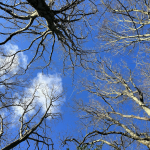Celebrating Imbolc or Candlemas
Welcome; I hope this post finds you well. It’s cold in Bristol; for the first time this year, we are experiencing frosty mornings. I sit under a pile of blankets, with a cup of hot chocolate in my hand, tidying up all my private and work areas. Working on a book chapter took all my energy, so I did not do my usual end-of-year organising. I am doing it now, a few weeks later. I am not even acting yet, just taking stock – in the garden, in the pantry, in our offices and in our calendars. Being relatively organised pays off, so I can see I am not far behind and things work smoothly.
Moving a few Asana tasks here or there does not affect the seasonal business plans anyway. I feel I now have the time to reflect on the past year and think about my intentions for 2024. Another huge cycle coming to an end is my motherhood – my child is turning 18 this week, and I am moving forward to another, different phase of our relationship. I cannot wait to see them bloom in their adult life, but it is early spring, so the shift comes slowly, naturally. We are pacing it, collectively working out new family dynamics while standing available – building a little support net they can fall back into if ever needed. That soft, subtle net of care reminds me of the Imbolc symbolism, something I am looking into in this post later.
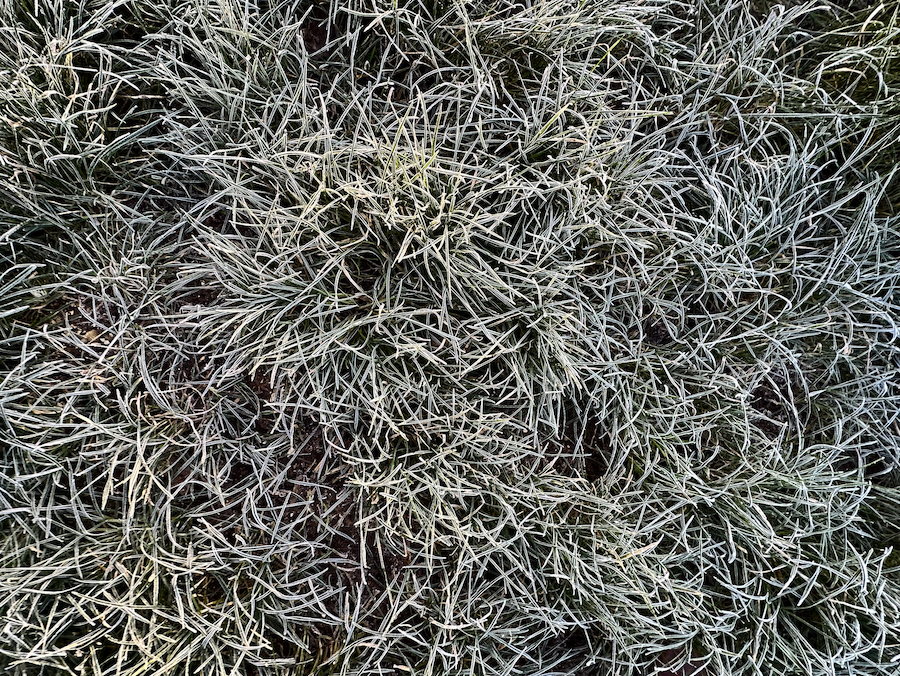
Outdoors, I can feel Nature’s heartbeat already. As mentioned in the “Nature’s Calendar: The British Year in 72 Seasons” this is the season of mosses, snowdrops and little birds. Most trees are still silent, but up close, you can already see the forming buds and some slowly opening bright green leaves. Snowdrops open while bluebells grow their dark green leaves in the park already. The morning bird song is stunning, and the sunrises are golden-pink in Bristol; what a performance! I am still catching up on sleep, but when I manage to wake up early, I open the window and enjoy the natural light entering the room softly.
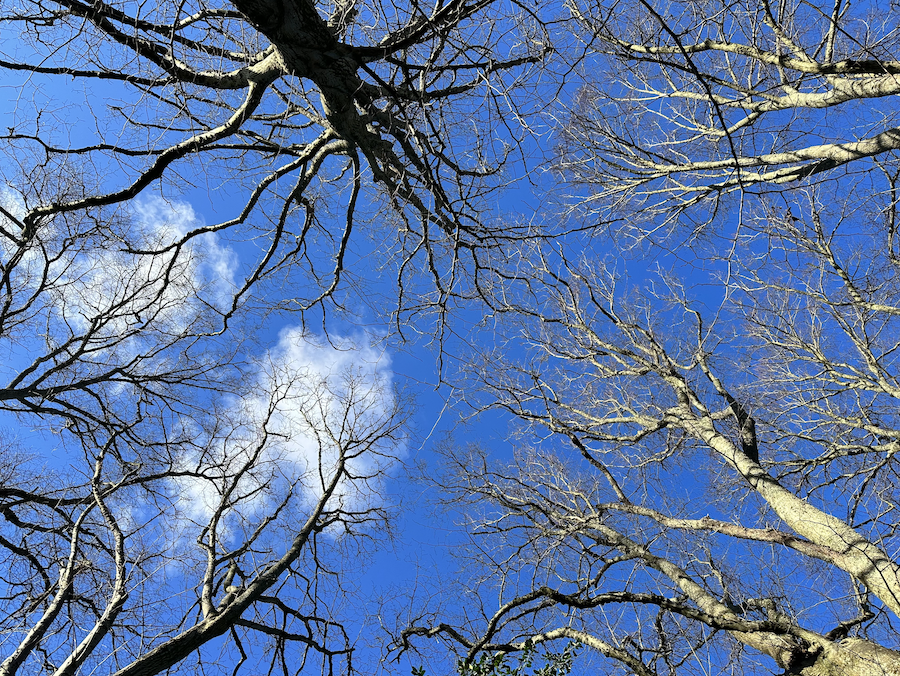
Our friends migrated to the Netherlands, so I am now a custodian of their house plants. That called for the first re-potting of the year – the kitchen was so pleasantly messy, the table full of pots of all sizes, and the bookshelf had to adjust to another load of pots and plants. The home jungle grew, and I can only hope that I will manage to nurture those new babies while our friends build their new nest elsewhere.
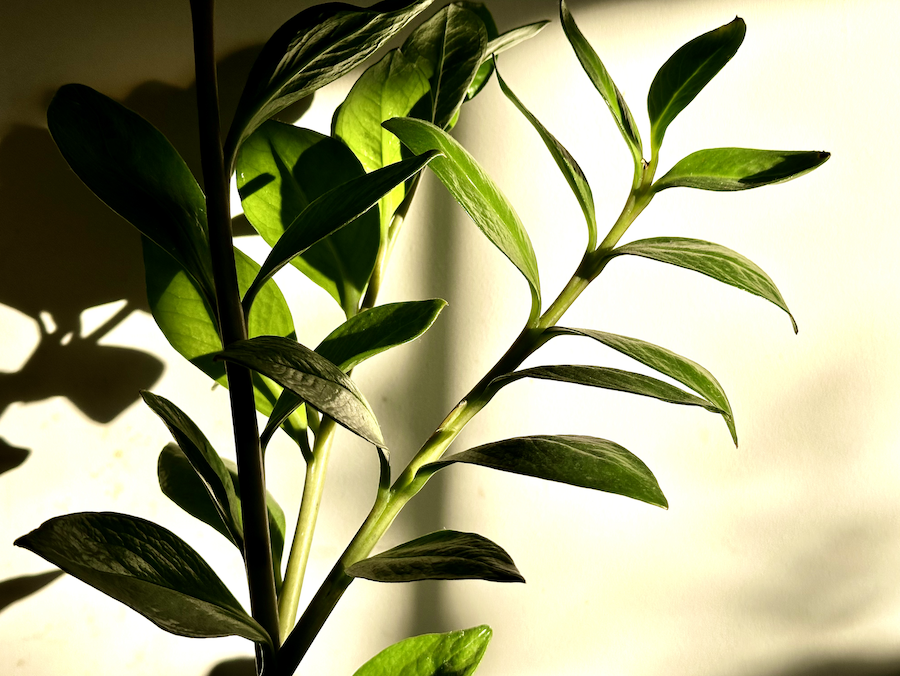
Out on the land, I am sitting down to plan the year. I have a new friend: a stunning apple tree. She is so majestic. At the moment, she is bare, finishing her winter sleep. Surrounded by shiny mosses, she feels cosy and all wrapped up. But small birds are already super excited and bounce on and off her all the time.
It’s so cute to see baby robins follow me on the land from the lake to the roundhouse. Despite the frost and the rain, the house and the fire we burn inside keep me warm. Birds peaking through the windows keep me inspired. I am creating and forming the intention for this year and this space to be healing.
At Voxel Hub, I am thinking a lot about reflection and restoration – the theme of Imbolc, the Celtic springtime celebration (the 1st and 2nd of February). I am preparing for my last CPD training of the 2023 season – digital self-care for counsellors. So, I think a lot about transitions – the fundamental concept of healthy digital wellbeing. Transition to online work and back to our grounded reality at the end of a screen-based working day. The transition from private space at home to the home office. Transitions between various tasks and making time and planning both for organising and for rest. So much to think about, but I know from my own experience that with practice, it is not only possible but also relatively easy to create healthier digital wellbeing habits.
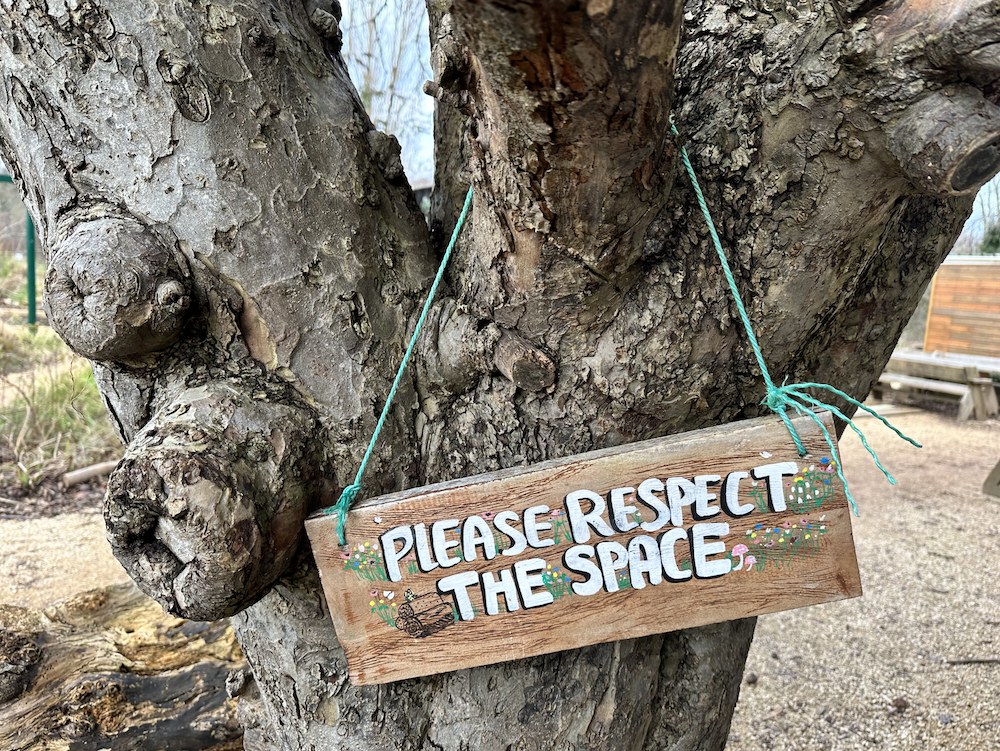
In “Slow Seasons“, Rosie Steer introduces Imbolc: “Taking their clues from nature, our Celtic ancestors long associated this period with hunkering down, rest and regeneration. They savoured the slowness of Winter. Something about this annual rhythm of slowing down and letting go resonates deeply within us; indeed, evidence has recently been discovered that early humans would hibernate to survive harsh glacial winters.”
Lia Leendertz offers a tip on how to make ice sun catchers this season by placing a shot glass in the middle of a paper place filled with water and leaves to freeze overnight, while “The National Trust’s Gardener’s Almanac 2024” reminds us to start pruning and tending to our roses (what a lovely way of getting excited about the summer months!). Keli Tomlin writes a beautiful tale of a non-binary Wren and a weaving woman offering them a beautiful web on a cross made of two sticks – hinting at the symbol of Brigid’s cross and the Celtic goddess, Brigid. A gift for gift, a gentle reminder of Nature’s reciprocity, as well as the connection between the Celtic and Christian beliefs.
Rebecca Beattie in “The Wheel of the Year” invites us all to go for a silent walk – an opportunity to attune with reflection in Nature. Whether alone or in a group, she recommends silence and attunement to the world around us. She also speaks of looking back and hopeful, looking ahead to the new year. A silent, slow walk seems like a perfect opportunity to do just that.
In the beautifully illustrated by Jessica Roux, “The Wheel of the Year“, Fiona Cook invites us for a scavenger hunt: “Imbolc is a threshold between Winter and Spring, a time when we’re still in the heart of darkness but can start to make room for hope. The best way to celebrate Imbolc is to go for a walk and look for subtle signs of change.” She invites us to notice the hardness of the ground, the sun on our cheeks, the slow colours of tree branches and the tracking of animals on the soft, muddy paths.
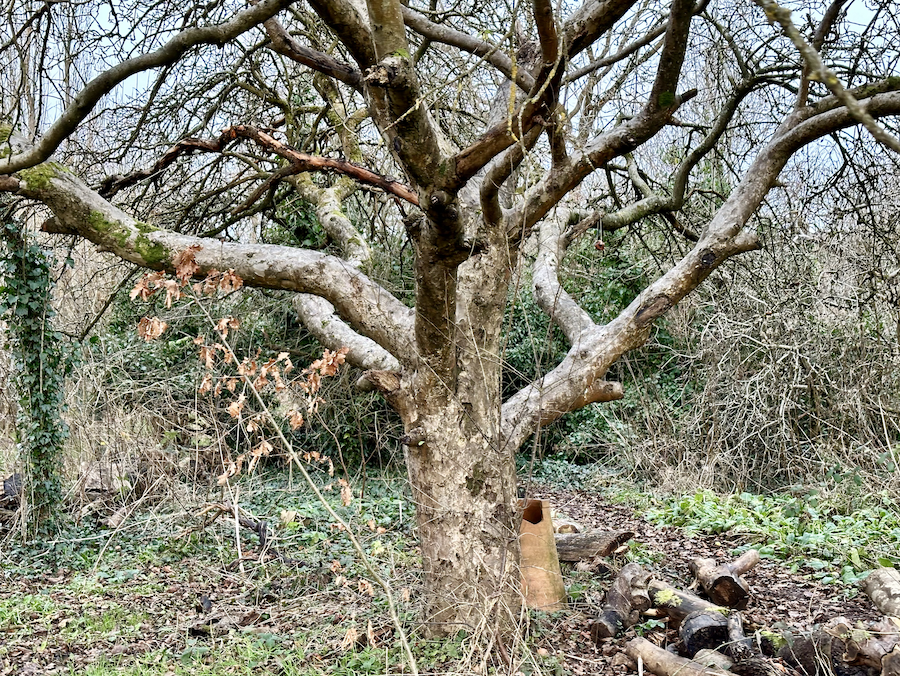
Reflection
“Nature Connection: A Handbook for Therapy and Self-Exploration” by Margaret Kerr and Jane Lemke is the book I will be using a lot this year. Today, I invite you for a mindful walk for better digital wellbeing and for practising transitions. When going for a mindful walk, we focus on the sounds, the feeling of walking, the air on our skin, and what we can see on the ground and at eye level. We notice the changes in all those sensations as we move forward. I invite you to use this mindful walk for an opportunity to practice transitions:
- Every time you notice something magical, significant or curious – no matter how small – take a moment to observe it in more detail. When you feel you took the image in, take out your smartphone and take a phone off it. Pay close attention to the smooth transition into the phone camera and back to the world around you.
- If your mind wanders, if you feel distracted by notifications, please remember that the point of this practice is to enhance your sense of Nature Connectedness. You need to open the camera and take a photo, nothing else. The rest of your device doesn’t matter.
- Repeat this process until it becomes so smooth and natural that you do not even feel tempted to check anything else on your phone. How does it feel to use your smartphone as an extension of your senses for deepening your mindful walk experience?
(I am off to check and water all our house plants and then plan the Birthday celebrations. I wish you a soft weekend!)

